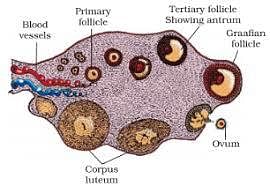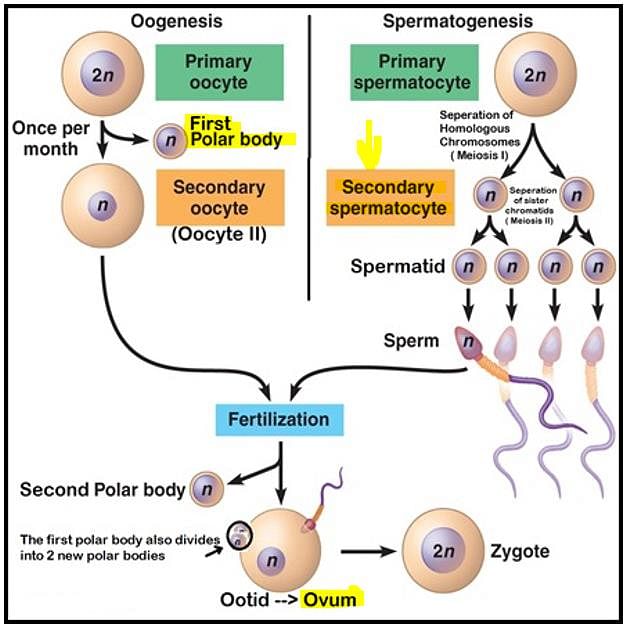NEET Exam > NEET Tests > Biology Class 12 > Test: Gametogenesis - NEET MCQ
Test: Gametogenesis - NEET MCQ
Test Description
10 Questions MCQ Test Biology Class 12 - Test: Gametogenesis
Test: Gametogenesis for NEET 2025 is part of Biology Class 12 preparation. The Test: Gametogenesis questions and answers have been
prepared according to the NEET exam syllabus.The Test: Gametogenesis MCQs are made for NEET 2025 Exam. Find important
definitions, questions, notes, meanings, examples, exercises, MCQs and online tests for Test: Gametogenesis below.
Solutions of Test: Gametogenesis questions in English are available as part of our Biology Class 12 for NEET & Test: Gametogenesis solutions in
Hindi for Biology Class 12 course. Download more important topics, notes, lectures and mock
test series for NEET Exam by signing up for free. Attempt Test: Gametogenesis | 10 questions in 10 minutes | Mock test for NEET preparation | Free important questions MCQ to study Biology Class 12 for NEET Exam | Download free PDF with solutions
Test: Gametogenesis - Question 1
During spermatogenesis, what is the number of chromosomes in each secondary spermatocyte?
Detailed Solution for Test: Gametogenesis - Question 1
Test: Gametogenesis - Question 2
Which of the following cells during gametogenesis is normally diploid?
Detailed Solution for Test: Gametogenesis - Question 2
Test: Gametogenesis - Question 3
Q. Which of the following cells provide nutrition to the male germ cells in the seminiferous tubules?
Detailed Solution for Test: Gametogenesis - Question 3
Detailed Solution for Test: Gametogenesis - Question 4
Test: Gametogenesis - Question 5
The correct sequence of spermatogenetic stages leading to the formation of sperms in a
the mature human testis is
Detailed Solution for Test: Gametogenesis - Question 5
Test: Gametogenesis - Question 6
What initiates the process of spermatogenesis in males at puberty?
Detailed Solution for Test: Gametogenesis - Question 6
Test: Gametogenesis - Question 7
Select the correct option of haploid cells from the following groups:
Detailed Solution for Test: Gametogenesis - Question 7
Test: Gametogenesis - Question 8
Oogenesis differs from spermatogenesis in a number of aspects. One of the following is, however, a similarity between the two:
Detailed Solution for Test: Gametogenesis - Question 8
Detailed Solution for Test: Gametogenesis - Question 9
Detailed Solution for Test: Gametogenesis - Question 10
|
78 videos|277 docs|174 tests
|
Information about Test: Gametogenesis Page
In this test you can find the Exam questions for Test: Gametogenesis solved & explained in the simplest way possible.
Besides giving Questions and answers for Test: Gametogenesis, EduRev gives you an ample number of Online tests for practice





















